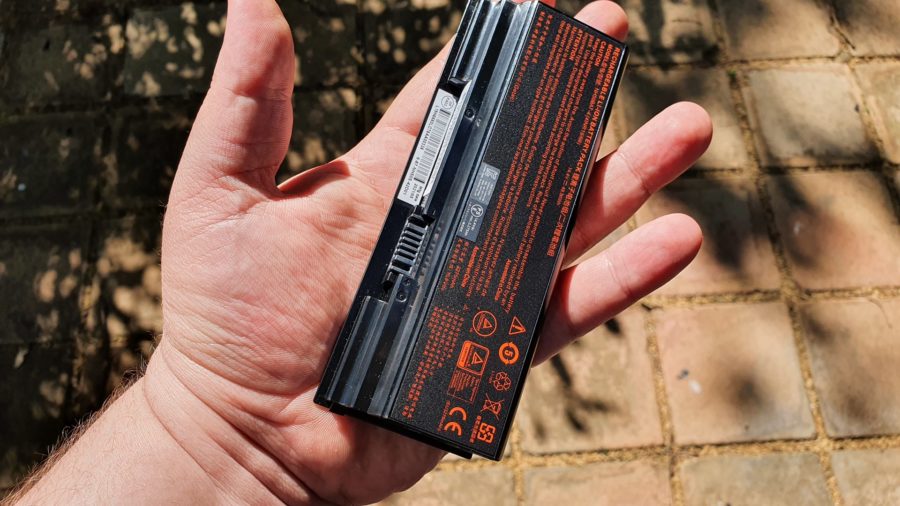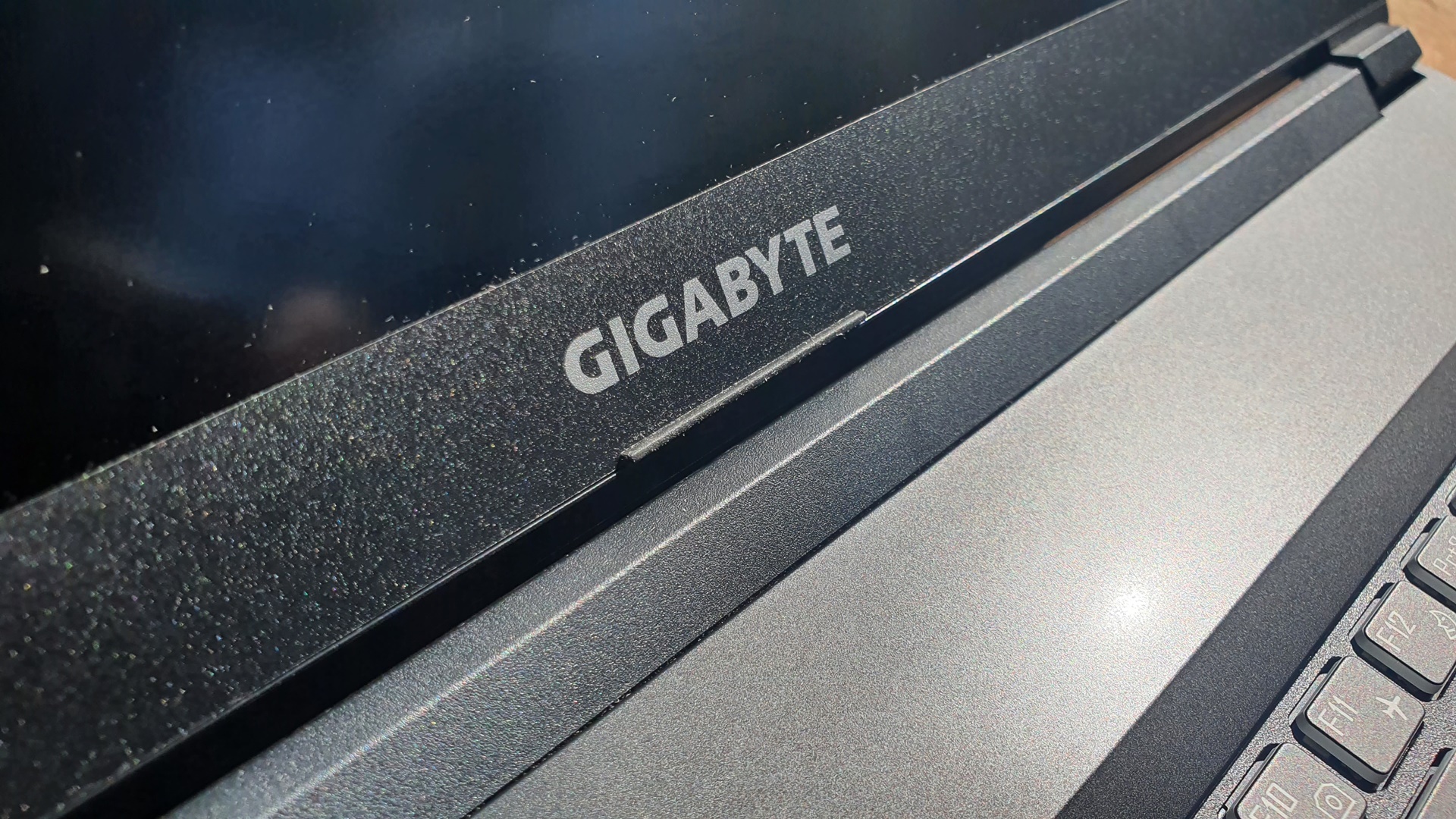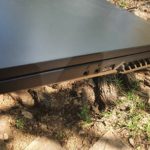Hefty notebooks used to be the fashion when a manufacturer wanted to cram as much performance as possible into a portable shell, but thanks to improvements in components, the bulk is no longer necessary.
It was odd to us then when the Gigabyte A7 X1 (A7 from here on out) arrived and we nearly threw our back out removing the 2.4kg notebook from the box. This thing is chunky and while it was annoying at first we soon found that rather than trying to put the A7 on a diet, Gigabyte focused on more important aspects of the A7.
There is a lot to love here especially if you don’t mind sacrificing non-features for actual performance.
Checking the specs
The A7 is no slouch out of the box. Our review unit came equipped with an AMD Ryzen 9 5900HX paired with 16GB of DDR4-3200 memory and an NVIDIA GeForce RTX 3070 Laptop GPU.
The 17.3 inch display sports a FullHD resolution (1920 x 1080) but has a high refresh rate of 144Hz.
In terms of storage there are two M.2 slots but our review unit was only filled by one M.2 NVMe 1TB SSD. This is a mark against the A7 as 1TB proved far too little for our suite of games, Windows and sundry.
Thankfully this can be expanded upon with a second M.2 SSD, but it’s an extra cost you will need to factor in. With that having been said we found it difficult to open the A7 up without damaging it so we recommend heading to your local PC store or opening up your notebook repair toolkit if you want to upgrade components.
In terms of ports, Gigabyte has fitted the A7 with two USB 3.2 ports, onUSB 2.0 port, an HDMI 2.0 port, a mini DP 1.4 port and a LAN port. Something we appreciate is the combo headset jack as well as a dedicated microphone port.
There is a full keyboard and rather than wasting money on fancy RGB effects, the keyboard can be set to a single colour. We doubt this saved massive amounts of money in R&D department, but every little bit helps.
One thing that is incredible to note is that the A7 sports a removable 48.96Wh li-ion battery. While this is small, it makes sense given that getting the best performance out of a notebook is only possible while connected to power.
Another point in Gigabyte’s favour is a lack of bloatware pre-installed on the machine. Aside from a fan controller and RGB customisation for the keyboard, there is nothing extraneous on this notebook.
About that battery
At 48.96Wh, the A7’s battery is smaller than you might expect. After a full charge you can expect an hour of life before the notebook needs topping up. While this sounds bad, if you’re gaming on this notebook you would experience degraded battery life and performance the moment the power goes out anyway.

We appreciate that Gigabyte has focused on performance here and while it might not be a good notebook for somebody trying to work when Eskom cuts the lights, for gamers, a few minutes to close up your game and shut down are welcome.
There’s also the fact that given the battery can be easily swapped out, you could purchase a backup to use in an emergency.
As for performance
Given the storage limitations we were working with we used 3D Mark for all of our benchmarking for the A7. We used both FireStrike and TimeSpy but settled on Fire Strike Extreme as it pushed the A7 hard but maintained a 1080p resolution rather than that 1440p resolution Time Spy runs at.
In FireStrike we saw FPS peak at 144FPS while running at 1080p and settings dialled up to max. Unfortunately the average FPS is more along the lines of 90 – 100fps so you’ll need to do some tweaking to realise this GPUs full potential
Temperatures sat at a balmy 74 degrees Celsius on the CPU and 77 degrees Celsius on the GPU under a reasonable load. When things get more intense, temps shoot up to 98 degrees Celsius on the GPU and 90 degrees Celsius on the CPU.
As you might expect the notebook gets warm to the touch and the fan noise ramps up substantially but
According to estimates from 3DMark you can expect the following frame rates in these titles:
- Battlefield V – ~105FPS
- Apex Legends – ~140FPS
- Red Dead Redemption 2 – ~40FPS.
This is decent performance for a notebook that is very much focused on gaming as its primary use. While some AAA titles will lead to lower frame rates, the GPU is more than capable of giving you a great gaming experience, especially if you’re interested in esports and need to move around often.
Conclusion
The Gigabyte A7 X1 is a very good notebook. It doesn’t try to be flashy with a jaw dropping design nor does it try to bat above its average. What we have here is a machine that we feel was designed with a goal in mind and Gigabyte has done a fantastic job.
While it is slightly pricey at R37 999, that’s about what a decent gaming notebook will set you back these days and if you’re in the market for a new notebook and you aren’t too fussed with long battery life when the power goes out, then the A7 X1 is worth considering.



